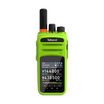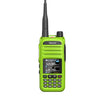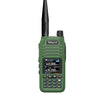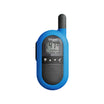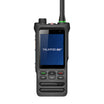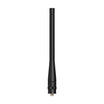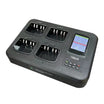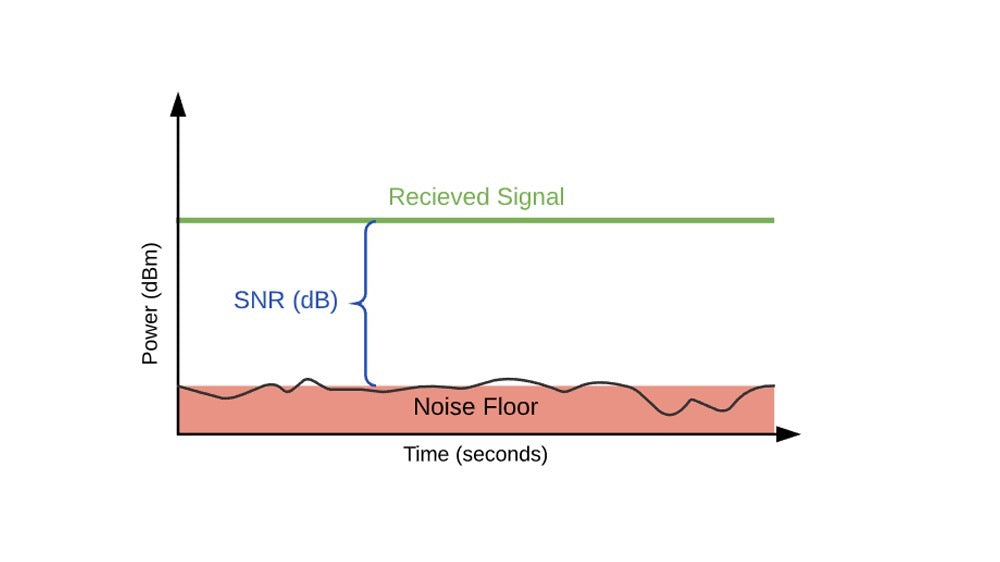Signal-to-noise ratio (SNR) is a critical concept in the world of radio communications, impacting the clarity and quality of received signals. In my blog post, I'll delve into what SNR is, why it matters, and how it affects radio performance.
Understanding Signal-to-Noise Ratio (SNR)
The signal-to-noise ratio measures the level of the desired signal against the level of background noise. Expressed in decibels (dB), a higher SNR indicates a clearer signal. This ratio is pivotal in determining the efficiency and clarity of communication in two-way radios.
Why SNR Matters
A high SNR is synonymous with clear, crisp audio, enabling effective communication even in challenging environments. Conversely, a low SNR means the signal is overwhelmed by noise, leading to poor audio quality and potential misunderstandings.
Implications for Radio Communications
In two-way radio systems, maintaining a high SNR is crucial for reliable transmissions. Factors like distance from the transmitter, physical obstructions, and the presence of interfering signals can all affect the SNR. Techniques such as using repeaters, enhancing receiver sensitivity, and employing noise-reduction technologies can help improve SNR, thus ensuring better communication quality.
Conclusion
The signal-to-noise ratio is a key determinant of the performance of radio communication systems. Understanding and optimizing SNR can significantly enhance the effectiveness of two-way radios, ensuring clear and reliable communication in various operational scenarios.





